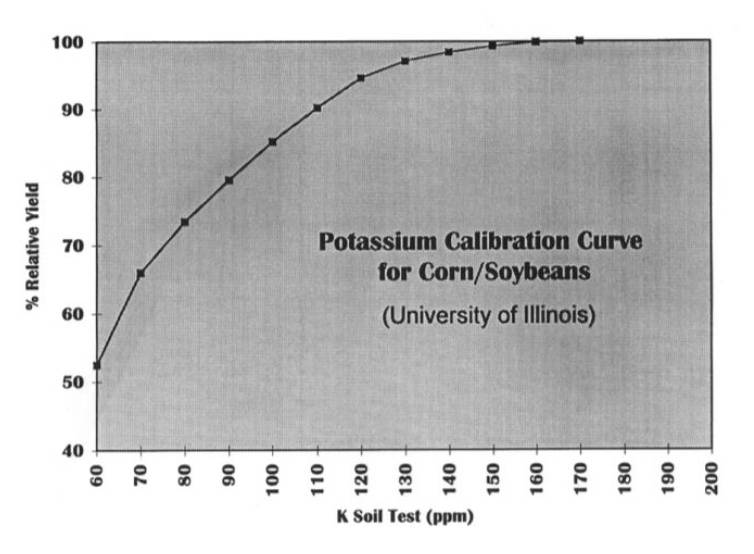As crops emerge across Latham territory, the time has arrived to evaluate planting results. Here’s a quick how-to on taking stand counts in your fields.
-
Latham Hi‑Tech Seeds
Uneven Corn Stands: The Why and How
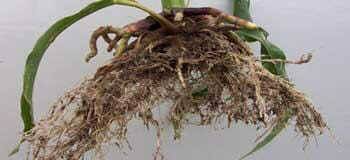
Lots of seed corn got planted early when temperatures were cool and moisture was abundant. As a result, I’m hearing reports of uneven corn emergence. Some farmers are asking how to remedy the situation. Others are questioning whether they should replant portions of their fields.
Let’s begin by explaining what causes uneven corn stands and then address whether or not anything should be done. Uneven corn stands most often are the result of these four circumstances:
- Improper equipment calibration/maintenance;
- Soil conditions at and after planting;
- Pests; and
- Poor management practices.
At this point in the growing season, I’m going to focus on uneven stands that are a result of conditions at planting time including equipment calibration and soil conditions. Most farmers do a very good job and problems arising from equipment calibration or maintenance are few and far between.
Problems are more often to arise when conditions for doing fieldwork and planting are good for an extended period of time. Farmers tend to keep working until they get rained out, so they may not take time for regular equipment maintenance and calibrations if the sun shines for extended periods of time.
Remember to check your equipment, especially your planter, before you head to the next field! Failure to maintain your planter can result in skips and doubles. University studies have found that skips are more limiting to overall yield in most situations but both can have a negative effect.
In addition to having your equipment properly calibrated, it’s important to plant in fit soil conditions. Uneven emergence may result from soils that are either too wet or too dry. Soil moisture can differ because of varying soil types, topography and tillage practices. The difference can be seen across whole fields, in certain areas of a field, or even from one row to the next.
Rainfall patterns leading up to planting are critical to emergence. Seeds placed in dry soil will not germinate without rainfall. Rains that are spotty may cause uneven stands.
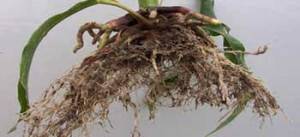
Planting in soils that are too wet can cause lower germination, uneven emergence and growth, restricted root growth (as pictured), and stunted seedlings. On the other hand, working fields that are too wet also causes problems. Soil that is too wet will cause cloddy seedbeds, resulting in poor seed-to-soil contact and uneven emergence.
Another concern, especially in continuous corn and no-till fields, is how residue from the previous crop will affect the current crop. Uneven distribution of residue can result in differing soil temperatures across the field, which causes plants to germinate irregularly.
In addition, soil temperature may lead to uneven emergence. This spring a cold front caused soil temperatures to decrease after many acres of corn were planted. Look at planting when soil temps are consistently above 50° F and are expected to rise! The ideal soil temperature for planting corn is 60° F.
To minimize the risk of uneven stands due to soil conditions, carefully monitor each field. Check the moisture at different levels. I like to see corn planted at 2 inches deep when conditions are optimal, but I have seen corn planted as deep as 3” without very many emergence problems. Keep in mind, the deeper you plant, the greater chance there is the seed “running out of gas” before it emerges, especially when there’s a heavy rainfall and the soil surface crusts over.
There are many factors that can contribute to delayed emergence. So what should you do about uneven emergence? Assess if the problem really warrants remediation. Check with a trusted agronomist if you’d like another opinion.
Rather than trying to fill in the gaps, it’s usually best to till up a field or a portion of a field prior before replanting. Click below for additional replanting resources:
-
Latham Hi‑Tech Seeds
Battle Weed Resistance with Herbicides from Different Groups
Weed resistance continues to be a topic of discussion during winter meetings with farmers and others in the ag industry. Many are anxiously awaiting full global approval of herbicide traits like Enlist™, Xtend™ and Balance GT,™ but remember, herbicides alone will not remedy weed resistance.
“Diversity of tactics is key to consistent weed management and high crop yields,” said Iowa State Extension Weed Specialist Dr. Micheal Owen while presenting at Latham’s field day in September 2011. He pointed out that rotating crops, rotating traits and rotating pesticides is the best way to slow down the very natural process whereby pests develop resistance to products that mankind uses to protect crops.
Herbicide products kill plants by binding to specific proteins and inhibiting the functions of those proteins. This is commonly referred to as the site (mode) of action. Check the numbering system, usually printed on the first page of the manufacturer’s label, to categorize each herbicide by its site of action.
“Weeds will adapt, so you must know your herbicide action group,” Dr. Owen during a recent Crop Advantage Series jointly presented by Iowa State University and the Iowa Soybean Association.
For example, say a farmer has been using Prowl® and FirstRate® pre-emergence on Roundup-Ready® Soybeans followed by Roundup® and FlexStar® post-emerge. He wants to rotate chemicals for better weed management. Next year he’s planning to use Treflan® plus Raptor®, followed by Roundup and Resource®. The problem? Prowl and Treflan are both classified as group 3 herbicides. FlexStar and Resource are group 14, and Raptor and FirstRate are in group 2. He might see some improved weed control simply because the herbicides have slightly different active ingredients, but his rotation will not help prevent weed resistance.
A better plan would be to use Dual® (group 15) plus Sencor® (group 5) pre-emergence followed by Roundup plus Basagran® (group 6). And the BEST plan would be to plant LibertyLink™ Soybeans instead of Roundup-Ready and then switch Liberty® herbicide (group 10) in that plan for the Roundup (group 9) and the Basagran!
Using multiple products with different sites of action, however, is not enough. Farmers must also make certain the herbicides are effective against the weeds they are trying to manage. Mechanical methods of weed control including cultivation even hand-weeding must be considered, as well as crop rotation and other cultural practices.
More information on which herbicides belong to which site-of-action group is available at http://www.weeds.iastate.edu/HerbicideChart.pdf. This website also gives information on many of the premix herbicide combinations and the groups to which they belong.
-
Latham Hi‑Tech Seeds
New Latham® Releases for 2015
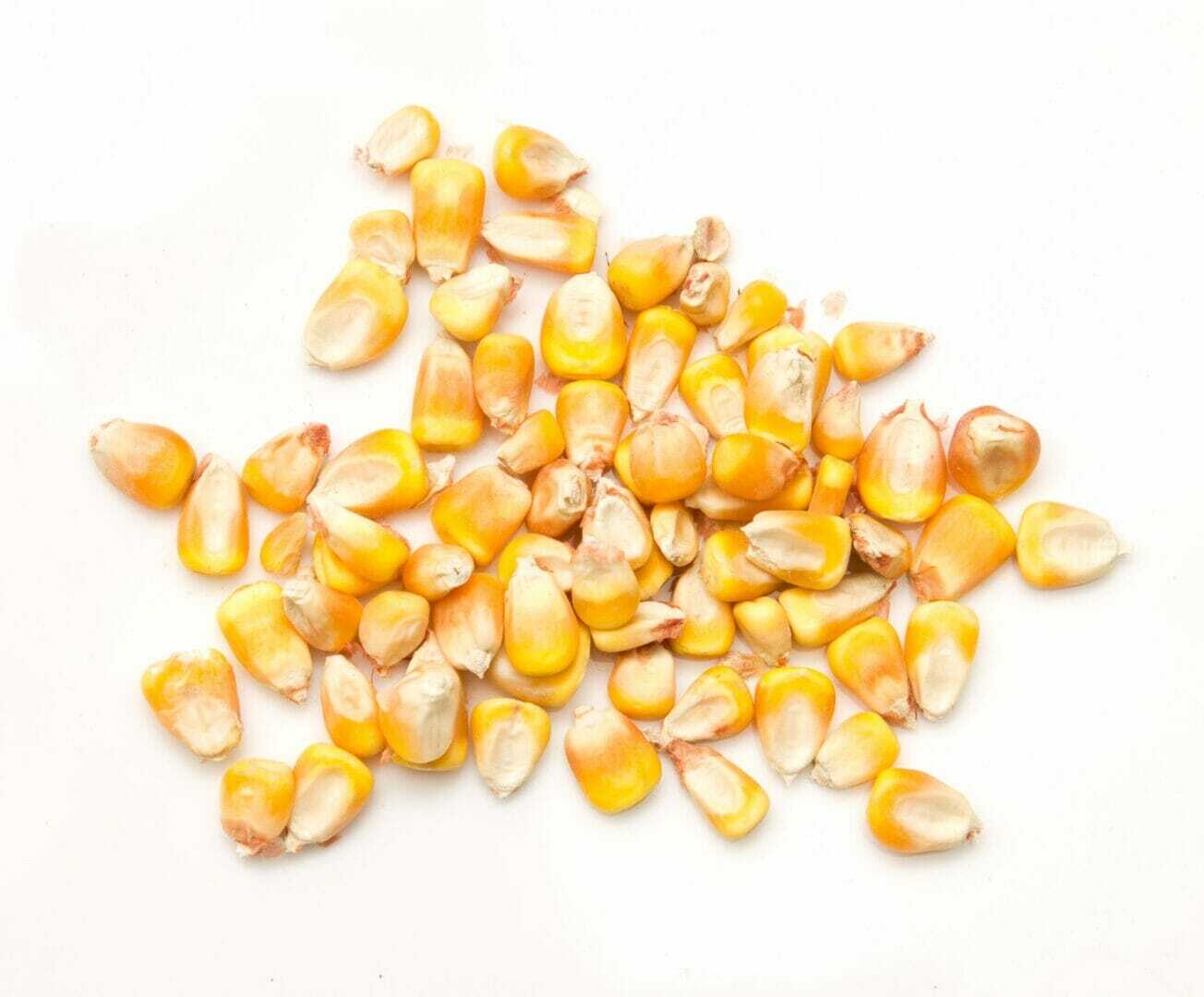
Product selection is an ongoing process at Latham Hi‑Tech Seeds. That’s why the following products have been added mid-season to an already outstanding lineup of Latham® brand corn and soybean products.
To help “answer the call” for additional supply of conventional corn, we are pleased to introduce two new hybrids for 2015 planting:
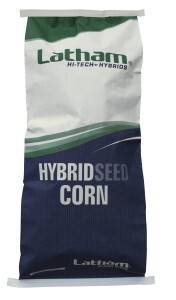
- LH 5120 – This 101-day hybrid features high-quality grain on ears that flex well. This medium-tall plant has excellent roots and responds very well to higher populations with top-end management. An application of a foliar fungicide is highly recommended, especially in areas where Gray Leaf Spot is a concern.
- LH 5400 – This hybrid responds best to top-end nitrogen management in medium to heavy soils. It should be kept in its maturity zone but will move south well. This medium-tall plant has very good late-season intactness. It also carries very good tolerance to Goss’s Wilt and Northern Corn Leaf Blight.
We’re also adding one new Genuity® SmartStax® and two new VT2 PRO RIB (refuge in the bag) hybrids to our lineup:
- LH 5465 VT2 PRO RIB – This is the Double-Pro version of our LH 5466 VT3 PRO. This medium height plant has excellent stalks and roots. It fills a need in our lineup between the LH 5215 and LH 5715 Double PROs. This new hybrid shows a noted suitability to tight, clay soils and is widely adapted east to west as it has excellent drought tolerance.
- LH 5509 SS RIB – A high-yielding, widely adapted product has high test weight and excellent quality grain. It responds well to top-end management and higher populations. It has excellent tolerance to eyespot and Southern Leaf Blight. In the 2014 F.I.R.S.T. trials, it placed 2nd overall in the Southwest Minnesota regional summary and was 9th at the Flandreau location of the Southeast South Dakota region.
- LH 6045 VT2 PRO RIB – Tremendous yield potential and stability under stress are two key strengths of this new 110-day hybrid. It has a very fixed ear, so higher populations and fertility are necessary for optimum performance. The SmartStax version of this hybrid placed very well in the East Central and West Central Iowa regions of the 2014 F.I.R.S.T. trials.
We are also releasing a new 2.3 maturity soybean product:
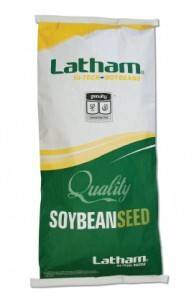
- L2328R2 – This new IroncladTM soybean topped many 2014 SuperStrip plots across Latham Country. This medium-tall plants carries the SCN gene from PI88788, the C-gene for Phytophthora and is resistant to Brown Stem Rot. In addition, it features very good tolerance to Iron Chlorosis, Sudden Death Syndrome and White Mold.
For more information on the above listed products, visit www.lathamseeds.com. Click on the “Products” section and then select the product number.
We also will have very limited amounts of two new experimental soybeans, E0836L and E3448R2. E0836L is a new 0.8 maturity LibertyLink® soybean and E3448R2 is a 3.4 maturity Genuity® Roundup Ready to Yield® Soybean (RR2Y). For more information about these two products, contact your Latham representative or call 1-877-GO-LATHAM (1.877.465.2842).
-
Latham Hi‑Tech Seeds
Latham Corn Tops More F.I.R.S.T. Trials
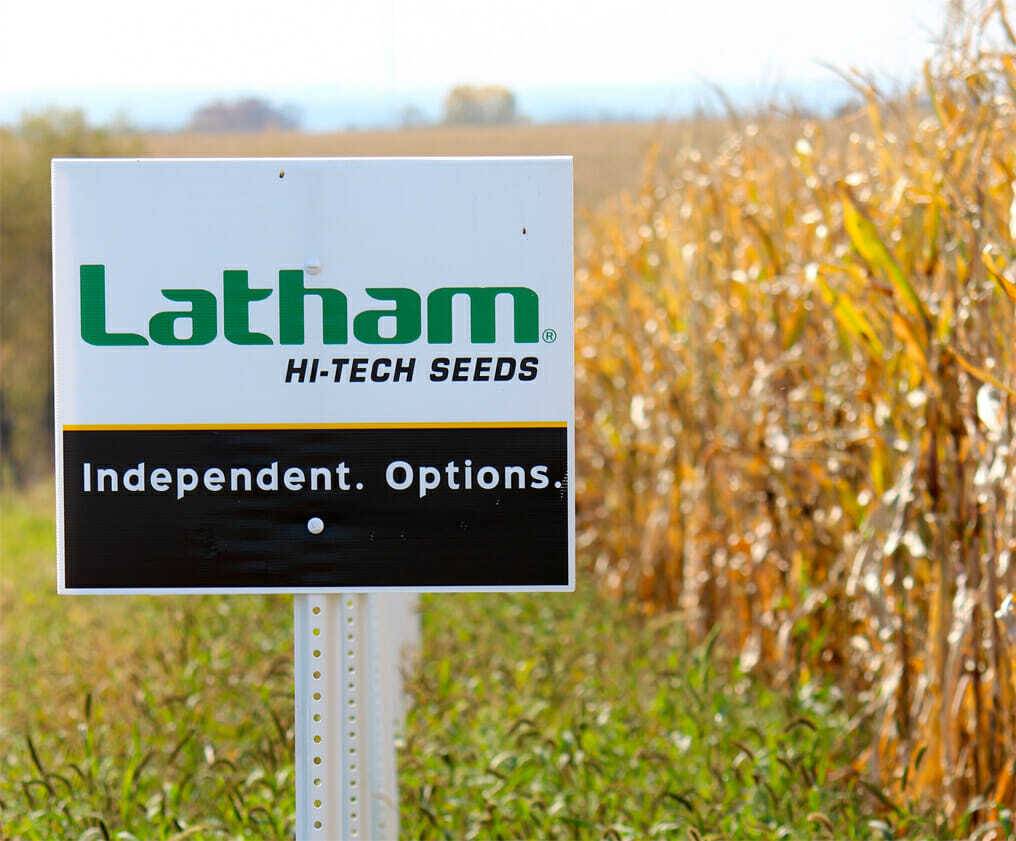
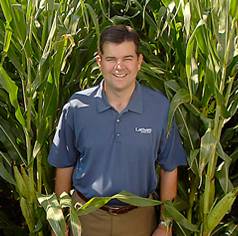 It has been an incredibly exciting harvest season for a product guy like me! I love looking for products that work well for farmers and the specific challenges they face on their Midwest farms.
It has been an incredibly exciting harvest season for a product guy like me! I love looking for products that work well for farmers and the specific challenges they face on their Midwest farms.This year the product team at Latham Hi‑Tech Seeds decided to put our lineup up against the competition in the F.I.R.S.T. Trials, an independent, third party testing service. We’ve always had a lot of confidence in our corn and soybean lineups. For years, we’ve tracked how we not only compete – but beat – national brands in our marketing footprint.
Just like someone entering a livestock show or a team entering a basketball tournament, one never really knows what the actual performance will be at that particular time and place. All you can do is prepare and try your best. That’s what we did when we entered the F.I.R.S.T. Trials, and the results have been nothing short of amazing!
Soybean trial results came first. Last Wednesday I wrote about how “Latham places first again and again.” I’ve never had so much fun checking my emails in the morning as I have this fall, watching test results show Latham® Hi‑Tech Soybeans at the top.
The final total was 18 location or region summary wins for Latham brand soybeans! Unbelievable. Our soybean lineup was hitting a grand slam homerun!
The more I thought about all of our soybean wins, however, the more anxiety I had over the corn results. I’ve known for years that our corn lineup can compete against anyone. After all, we do our own research against industry-leading products to help us choose our product lineup. Such research has given us confidence in our own lineup, yet there are still a great many farmers who are hesitant to give a “new” corn brand a try.
 Latham® Hi‑Tech Hybrids are celebrating their tenth year, and we’ve been fortunate to grow our corn lineup for 10 straight year. Our customers have known for years that Latham has great corn, and now thanks to our performance in 2014 F.I.R.S.T. Trials, more Midwest farmers will know it!
Latham® Hi‑Tech Hybrids are celebrating their tenth year, and we’ve been fortunate to grow our corn lineup for 10 straight year. Our customers have known for years that Latham has great corn, and now thanks to our performance in 2014 F.I.R.S.T. Trials, more Midwest farmers will know it!This week we were fortunate to win our 19th corn test – that’s one more test than our decorated soybean lineup! Eight different Latham corn products have won F.I.R.S.T. Trial locations all the way from 90 to 110 days.
Products like LH 4097 VT2 PRO and LH 5215 VT2 PRO have absolutely dominated their area of adaptation. Latham has had 140 Latham corn products place in the top 10 in FIRST Trial tests, which shows the strength and depth of our lineup. Plus, this broad maturity range will allow more customers to try and most importantly profit from Latham corn hybrids!
Again, I credit Latham’s team approach to product selection for this year’s performance. Unlike the national brands that choose products based on a wide area of adaptability, we focus on choosing the best products for local conditions. Latham’s strategy to choose products that perform in specific soil types and field conditions across our marketing area works. But don’t just take my word for it… Look over all the data at www.firstseedtests.com!
-
Latham Hi‑Tech Seeds
Latham Places 1st Again & Again in F.I.R.S.T. Trials
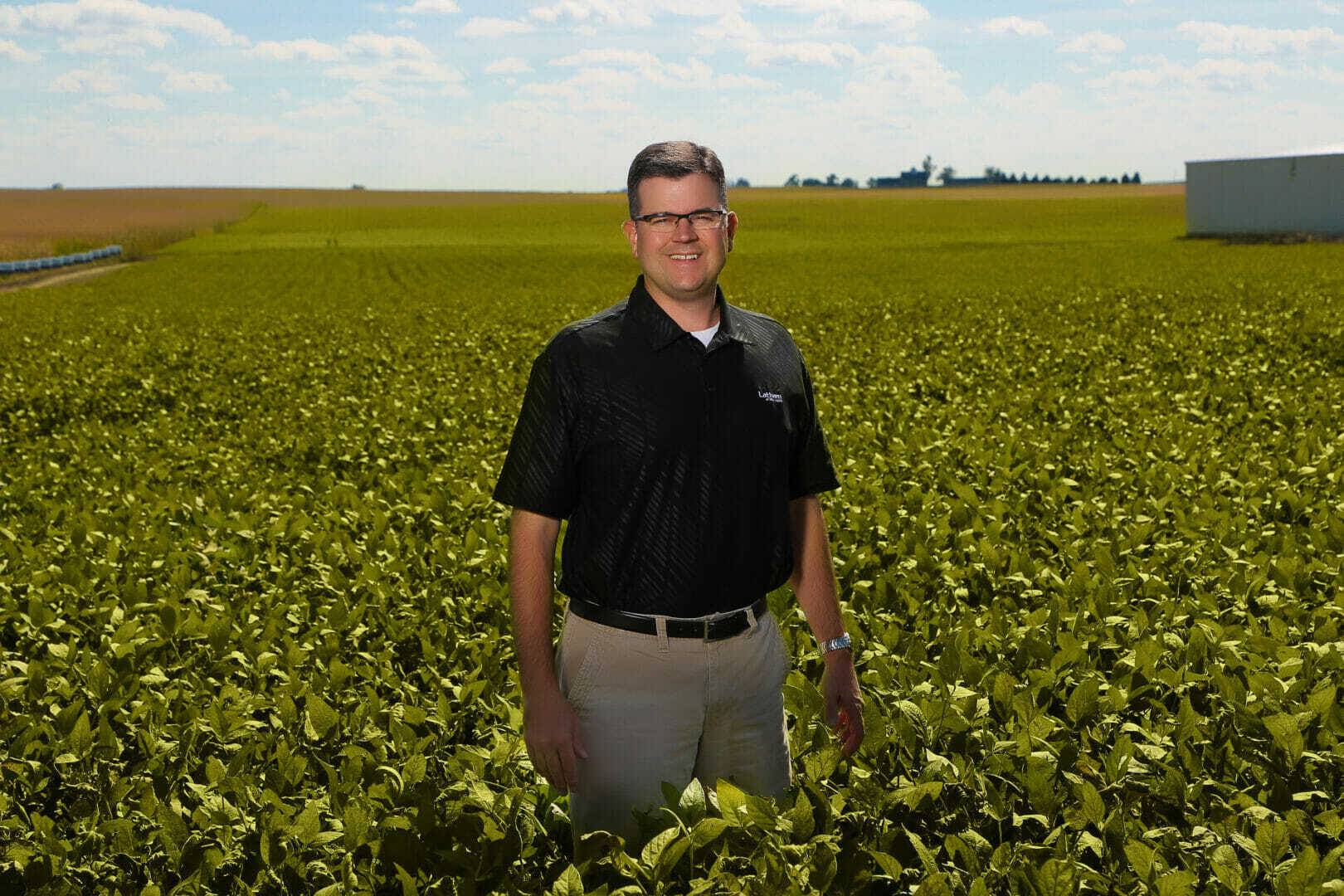
 I’ve always been very confident in the corn and soybean products that we offer at Latham Hi‑Tech Seeds. After all, when your name in literally on each bag of seed, you want to do all that you can to protect your reputation! That’s why we take a team approach to selecting products.
I’ve always been very confident in the corn and soybean products that we offer at Latham Hi‑Tech Seeds. After all, when your name in literally on each bag of seed, you want to do all that you can to protect your reputation! That’s why we take a team approach to selecting products.Our Product Team members either farm themselves or call on farmers in the areas where they live. This means they not only review data from breeders and their own research plots, but they watch these crops grow and develop. Our corn and soybean specialists walk fields and test plots, searching for the perfect products to perform in our customer’s field conditions. As a result, they have confidence in the products that go into our lineup.
Latham® brand products are selected for their yield potential, as well as for their ability to overcome specific regional challenges. For example: Latham’s IronCladTM Soybeans receive this unique designation for their rating on Iron Chlorosis or White Mold. Our Gladiator Corn Hybrids are selected to do yield better in corn-on-corn situations. Even Latham’s alfalfa lineup was chosen to address specific needs like high-salt soils or leaf-hopper resistance.
To showcase our lineup, this year Latham Hi‑Tech Seeds made a much larger investment in the independent F.I.R.S.T. Trials. This third-party testing service is proving how well we compare to the competition… The results this fall have been amazing!
Latham Hi‑Tech Seeds, to date, has won 29 different F.I.R.S.T. Trial corn and soybean locations and region summaries this fall! We’ve won 18 different soybean tests, including 5 different region summaries in Iowa, Minnesota, Wisconsin, South Dakota and Illinois.
Eleven different Latham soybean products have won F.I.R.S.T. Trial tests from Group 0 all the way to 2.7 maturity. Many of these locations contain as many as 84 different competitive products! In the state of South Dakota alone, Latham won 6 different F.I.R.S.T. Trial Tests with 6 different Latham® Hi‑Tech Soybean products. In the state of Minnesota, Latham L1858R2 is the top yielding soybean in any test in Minnesota, Wisconsin or the Dakotas with a yield of 82.9 bushel per acre!
Latham brand corn is performing extremely well, too. Tests remain to be harvested, but already Latham corn has won 11 different F.I.R.S.T. Trial locations across Iowa, Minnesota and North Dakota. Latham LH 5215 VT2 PRO has won 5 different tests across Iowa and Minnesota PLUS it won the West Central region of Minnesota. In the north, Latham LH 4097 VT2 PRO and Latham LH 4455 VT3 PRO together have won 4 locations so far. In Central Iowa, Latham LH 5829 SS won the Winterset, Iowa, location at 247.9 bushels.
So what’s the secret to Latham’s stellar product performance? Unlike the national brands that choose products based on a wide area of adaptability, we focus on choosing the best products for local conditions. Latham’s strategy to choose products that perform in specific soil types and field conditions across our marketing area works. But don’t just take my word for it… Look over all the data at www.firstseedtests.com!
-
Latham Hi‑Tech Seeds
How to Interpret Yield Data
This fall Latham Hi‑Tech Seeds has done very well in the F.I.R.S.T. trials all over the Midwest, winning many locations and Regional Performance Summaries. With such great data, it’s no wonder that farmers want to call in and order the winners. If we’re doing our job, however, we may not let you!
Why wouldn’t we let farmers order what they want without asking any questions? The answer is simple: Just because a product placed first in a yield trial in one location, in one year, across one predominant soil type, doesn’t guarantee it will be the yield winner given another farm and a different management style.
When study yield results from independent yield trials, be sure to analyze the information. Here are some tips for interpreting yield data:
- Compare to a check strip that helps you check for variability across the field. Look to see if a particular product is yielding exceptionally well or exceptionally low as compared to the plot average. How has this same product been performing across multiple locations?
- Is there a disease that has been prevalent this year, like Sudden Death Syndrome (SDS), that you know is affecting that particular product?
- How variable was the rainfall in that area this year? What were planting and growing conditions?
To help you select the right seed for your given situation, we’ll ask discovery questions first to determine needs like fighting weed resistance or corn rootworm. We’ll also visit with you about our hallmark Seed-2-Soil program for crop planning and/or nutrient management to help support your product selection.
Don’t get me wrong… Latham Hi‑Tech Seeds is thrilled with how well we’ve performed this season in third party, unbiased, independent yield trials! It is great that we can win yield trials but winning on the farm is what really counts. We want to combine our yield data – with your own farm data – to help ensure you get the best products for your acres.
-
Latham Hi‑Tech Seeds
Don’t Pinch Pennies on Potassium!
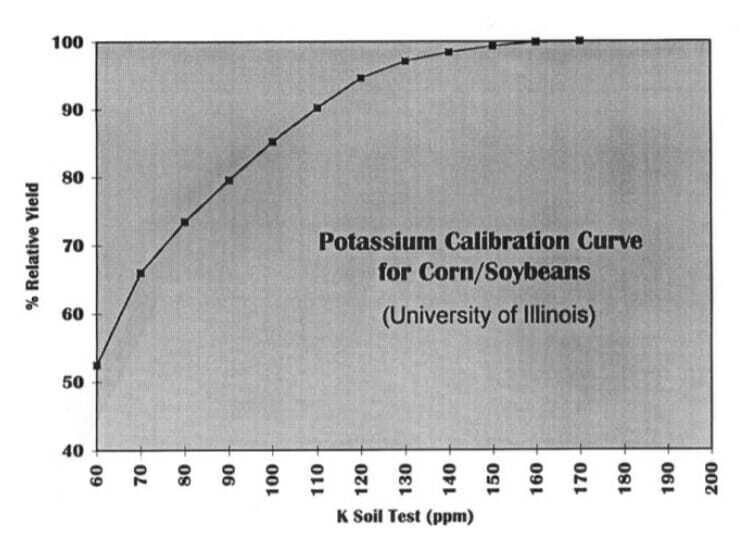
 by Peter Bixel, Seed-2-Soil
by Peter Bixel, Seed-2-SoilWith commodity prices lower, it’s certainly prudent for farmers to rethink each input expense. Crop inputs are certainly one big investment! I’m a farmer myself, so I understand the value in evaluating investments.
Analyzing investments is really an exercise in managing expectations. We might settle for returns of 2 to 5% on our bank savings accounts and 401K, right? We don’t want to skimp on investments that will help us in the future. So why skimp on your Phosphorus (P) & Potassium (K) fertilizer investments? After all, an investment in P & K has the potential to return 100-700%!
Phosphorus aids in healthy root growth, as well as flower and seed production. Potassium is responsible for improving overall health and disease.
Local data is critical for analyzing where your fertilizer dollars are best spent. Our data shows that across 400,000 acres, phosphorous values continue to be in the High category of soil test values with an average of 28ppm. This is more than likely because of manure history, fertilizer application and soil types in our area. However, potassium levels continue to be an area that needs to be addressed in order for us to not mine what we have invested in building up. Potassium levels are in the medium category with an average of 160ppm, while we are trying to reach 200ppm and higher.
Take a look at the Potassium Calibration Curve below. With low soil test K values, your potential for high yielding crops dramatically decreases. Take your 2013 Local Data, looking at Corn on Corn Yield to Soil Test K, as soil test levels go from Low to High categories, yield increased 20bu/ac. How do these returns look to you?
Potassium plays an important role in the utilization and uptake of Nitrogen and in turn meaning improved N use and higher yields. Higher rates of K allow for efficient use of more N, which resulted in better early vegetative growth and higher yields. K fertility is another important piece of the puzzle for high yielding crops.
With tighter margins moving into 2015 crop year, it is important to remember to use YOUR data to help make the best investment decisions and to make sure you don’t mine your soil fertility.
Make sure you’re not losing a dollar by trying to save a penny!
-
Latham Hi‑Tech Seeds
Late-Season Scouting Leads to Better Seed Decisions
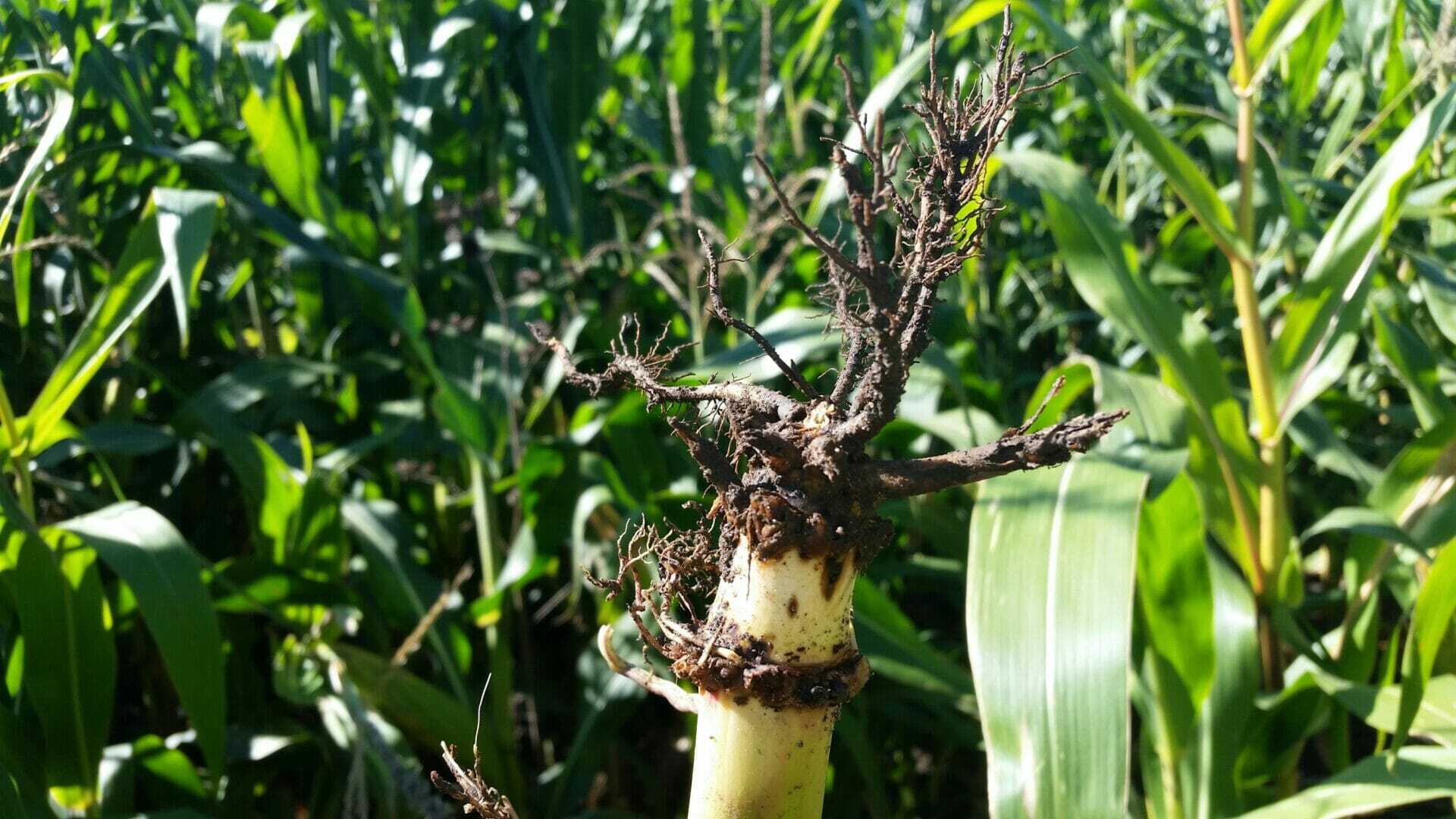

Rootworm pressure may be low, but it’s present. Latham Corn Specialist Nick Benson (@LathamCornGuy) saw evident this week in a continuous corn field. The effects of our wet, cold planting season continue to surface. As one drives the back roads now, you’ll see where Sudden Death Syndrome (SDS) is affecting many soybean fields. You also may notice soybean fields turning yellow, which is a common symptom of Iron Deficiency Chlorosis (IDC). IDC is a function of the soil type, so it’s most common in poorly-drained soils with higher-than-normal pH values.
Plants under stress get taken advantage of by pests like Soybean Cyst Nematode (SCN). Doing a “drive by” or even walking through the fields may not be enough to detect SCN. Visual symptoms, such as above-ground stunting and/or yellowing, may not be evident for years. That’s why it’s best to check fields for the presence of SCN during the growing season by digging roots. You can also sample this fall for SCN by gently removing soil from the roots. Look for the egg-filled, round, white SCN females on the roots.
While your shovel is at the ready, also be sure to conduct a few root digs in your corn fields. Latham Corn Product Specialist Nick Benson dug roots Sept. 2 in Fayette County Iowa, where he found evidence of rootworm feeding. In addition to looking for corn rootworm damage, note signs of sidewall compaction and hard pans. Also look at leaves and ears for signs of disease.
It’s important to identify late-season corn and soybean diseases, as well as insect damage, so you can better manage them in the future. One way to control corn rootworms, for example, is to rotate rootworm-resistance traits developed by Monsanto, Syngenta and Dow.
As an independent seed company, Latham Hi‑Tech Seeds has access to traits and technologies from all the major providers. We can work with you to develop a diverse crop plan that include Latham’s GladiatorTM Hybrids, which combine the best genetics and traits available to help maximize yields from corn-on-corn acres.
To help simplify your soybean seed selection process, our website lists Latham® IRONCLAD™ Soybeans that include exceptional genetics and industry-leading protective traits to battle against yield-robbing threats from pests and diseases. Each IRONCLAD soybean brand must be Soybean Cyst Nematode resistant and carry an Iron Deficiency Chlorosis rating of 2.2 or better. IRONCLAD brands must protect against either White Mold or Sudden Death Syndrome with a rating of 2.2 or higher.
White Mold and SDS have both been an issue this season in different parts of our territory, so farmers will want to plant IRONCLAD soybeans on affected acres in the future. Plus, IRONCLAD products have strong defensive ratings against Phytophthora Root Rot and Brown Stem Rot.
For more information about selecting the right seed for your situation, visit with your local Latham® representative. Also feel free to contact me at 1-877-GO-LATHAM (1.877.465.2842).
-
Latham Hi‑Tech Seeds
Combating Goss’s Wilt and SDS
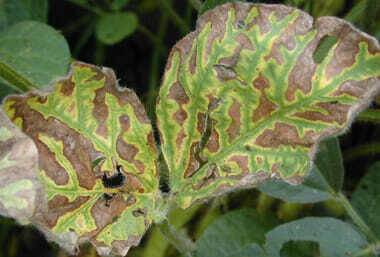
Last year Goss’s Wilt and Sudden Death Syndrome (SDS) reared their ugly heads for many growers throughout the Midwest. Unfortunately for those farmers who had to deal with the effects first-hand, Latham Product Manager Mark Grundmeier says likelihood is they will present challenges for Midwest growers again this year. Below are some tips to keep top of mind to help battle these diseases.
Tips to Manage Goss’s Wilt
- Hybrid selection. One of the best ways to protect against Goss’s Wilt is hybrid selection. If you battled Goss last year, Mark recommends either rotating to soybeans or planting only highly resistant hybrids to help avoid significant yield loss.
- Bacteria versus fungus. Mark says oftentimes farmers will spray fungicide and believe they’re taking care of diseases like Goss’s Wilt, but because Goss’s is bacterial, the fungicide has no effect. To help farmers identify corn diseases, Iowa State University Extension has compiled a helpful Scouting Guide available here.
- Tillage. Because Goss’s overwinters in the previous year’s crop residue, tillage will help prevent spread. If a field was affected by Goss last year, Mark recommends aggressive tillage to help suppress the susceptibility for the coming year.
Tips to Manage SDS
When SDS spread last year, Mark compiled a video series with tips from variety selection to SDS management to help farmers in the field. Below is a video about how to prevent SDS prevention. If time allows, take just a few minutes to read Mark’s previous blog posts that offer tips to help you identify and manage SDS.

Pictured above is Sudden Death Syndrome. Photo Credit to Iowa State University Extension

